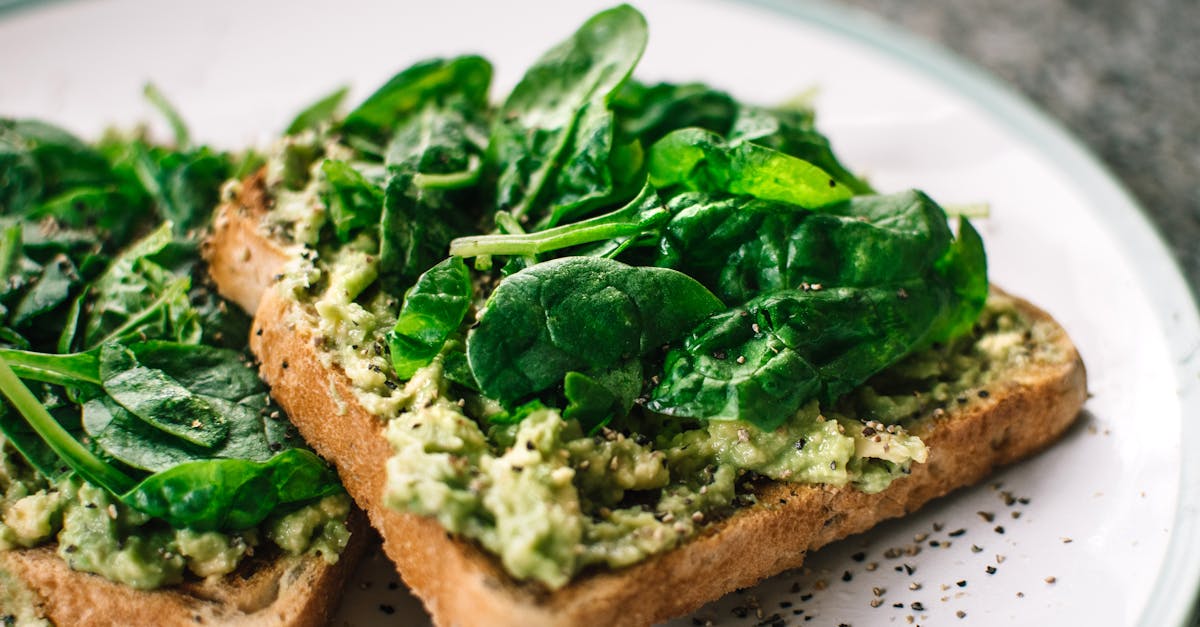Making a sandwich can be as simple or as elaborate as you want it to be. Whether you’re preparing a quick lunch or crafting a gourmet delight, knowing the steps to create a delicious sandwich will elevate your culinary skills. This guide will walk you through everything you need to know to make a sandwich step by step, ensuring that you can enjoy a satisfying meal anytime.
| Step | Description |
|---|---|
| 1 | Gather Your Ingredients |
| 2 | Select Your Bread |
| 3 | Choose Your Spread |
| 4 | Add Proteins |
| 5 | Incorporate Vegetables |
| 6 | Top with Cheese |
| 7 | Final Touches |
Gather Your Ingredients
The first step in making a great sandwich is to gather all your ingredients. This includes your choice of bread, spreads, proteins, vegetables, and any additional toppings you may want. Having everything within reach will streamline the process and ensure that you don’t forget any essential components. Fresh ingredients will significantly enhance the flavor and texture of your sandwich, so consider shopping at local markets for the best options.

Select Your Bread
Your choice of bread can make or break your sandwich. Whether you prefer classic white, hearty whole grain, or artisan sourdough, the bread serves as the foundation of your creation. Consider the thickness and texture of the bread, as some types may hold up better under moist ingredients than others. If you want a crunch, toasting your bread can add an enjoyable layer of flavor and texture.

Choose Your Spread
<pSpreads add moisture and flavor, making your sandwich more enjoyable. Common options include mayonnaise, mustard, hummus, or even pesto. Each spread brings its own unique taste, so choose one that complements your other ingredients. Don’t be afraid to mix and match spreads; for example, a layer of hummus with a touch of spicy mustard can create a delightful flavor profile.
Add Proteins
Proteins are often the star of the sandwich, providing substance and flavor. Options include deli meats like turkey, ham, or roast beef, as well as vegetarian choices such as tofu or chickpeas. Ensure your proteins are sliced thinly to make assembly easier and to enhance the overall texture. If you’re feeling adventurous, consider grilling your proteins for a smoky flavor that can elevate your sandwich to new heights.

Incorporate Vegetables
Fresh vegetables add crunch and nutrition to your sandwich. Common choices include lettuce, tomatoes, cucumbers, and onions. The key is to choose vegetables that will not overwhelm your sandwich but will add a refreshing contrast to the other flavors. Slice your vegetables thinly to allow for even distribution and an enjoyable eating experience. You might also consider pickling some vegetables for added zing!

Top with Cheese
Cheese can add creaminess and depth to your sandwich. Popular options include cheddar, Swiss, provolone, or even a tangy feta. Choose a cheese that complements your other ingredients. For a melty, indulgent experience, consider grilling your sandwich to allow the cheese to ooze and bind the ingredients together. This step is especially rewarding if you’re using a hearty bread that can hold up to the heat.

Final Touches
After assembling your sandwich, it’s time for the final touches. This might include adding seasonings like salt and pepper, a drizzle of olive oil, or even a sprinkle of herbs. If you prefer a warm sandwich, you can grill or press it for a few minutes. Cut your sandwich in half for easier handling and presentation. Pair it with a side of chips or a salad for a complete meal. Enjoy the satisfaction of your creation!

FAQ
What type of bread is best for sandwiches?
There is no single best type of bread for sandwiches; it depends on personal preference. Popular choices include whole grain, sourdough, rye, and ciabatta. Choose a bread that complements your filling and fits the occasion, whether it’s a casual lunch or a gourmet meal.
How can I make my sandwich healthier?
To make a healthier sandwich, opt for whole grain bread, lean proteins (like turkey or grilled chicken), and load up on vegetables. Use lighter spreads like mustard or avocado instead of mayonnaise. You can also reduce portion sizes to help manage calorie intake.
Can I make sandwiches in advance?
Yes, you can make sandwiches in advance, but it’s best to store them properly to prevent sogginess. Use sturdy bread and keep wet ingredients like tomatoes and pickles separate until you’re ready to eat. Wrap the sandwich tightly in plastic wrap or store it in an airtight container.
What are some unique sandwich ideas?
For unique sandwich ideas, consider options like a banh mi with pickled vegetables, a Caprese sandwich with fresh mozzarella and basil, or a breakfast sandwich with eggs and avocado. Don’t hesitate to experiment with different cuisines and flavors to find your new favorite sandwich.
References:
– [USDA Food Safety and Inspection Service](https://www.fsis.usda.gov)
– [ChooseMyPlate.gov](https://www.choosemyplate.gov)
